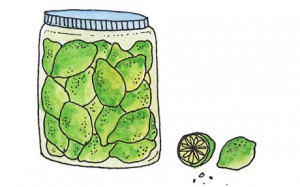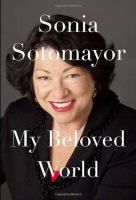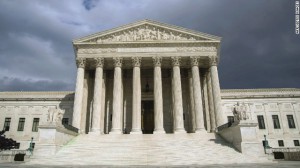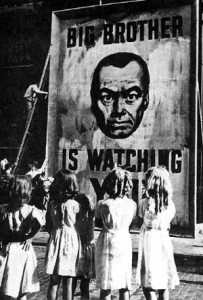![foundingfathers2[1]](https://openlab.citytech.cuny.edu/lawandhistory/files/2014/05/foundingfathers21-300x204.jpg)
In the above picture is a tribute to the “Original Founding Fathers”. My father’s business is to print these out as posters, T-shirts, hoodies, bags, hats, etcetera (I will provide the link to his website at the end) and I have been exposed to this picture for as long as I can remember. I have asked father multiple times the meaning behind this profound image: in this blog, I will write about this visual art.
This picture is accessible to all of those who wish to have it, it just simply belongs to the public, much like the very famous Che Guevara logo, peace sign, the smiley face and many world wide known symbols. In the picture above, you have four important figures of our history, from left to right: Chief Joseph, Sitting Bull, Geronimo and Red Cloud whom resisted to United States government (foreign) policies. But you also have the other fathers of the United States who were political leaders who are known for participating in the American Revolution, for signing the United States Declaration, and establishing the United States Constitution like (from left to right) George Washington, Thomas Jefferson, Theodore Roosevelt and Abraham Lincoln, whom represent the first 130 years of history of the United States.
Chief Joseph was the leader of the Wallowa band of Nex Perce, a Native American indigenous tribe to in northeastern region that is known today as Oregon. Sitting Bull was Hunkpapa Lakota who led his people as a tribal chief during years of resistance to United States government policies. Geronimo was a leader of the Apache who fought against Spain and Texas for their expansion into Apache tribal lands for several decades during the Apache Wars and last but not least Red Cloud, a war leader and a chief of the Oglala Lakota. These are the men that resisted foreign diplomacy, who protected their beloved land from foreigners, from the what we now refer to as “aliens” or “immigrants.”
Many people generally assume that U.S History begins in the year of 1492. The rich history of this country is not several hundreds of years but thousands, millions before the colonization of foreign powers. Laws were enacted for the removal of the indigenous tribes in this continent such as the Indian Removal Act, the Manifest Destiny, Yamasee War and tons of other events that led Native Americans to merge into reservation areas throughout the country.
PS. Here is my father’s link to his website, make sure to check it out as he also updates his webpage with political news regarding all of the Americas: http://intiarts.com/



![foundingfathers2[1]](https://openlab.citytech.cuny.edu/lawandhistory/files/2014/05/foundingfathers21-300x204.jpg)








